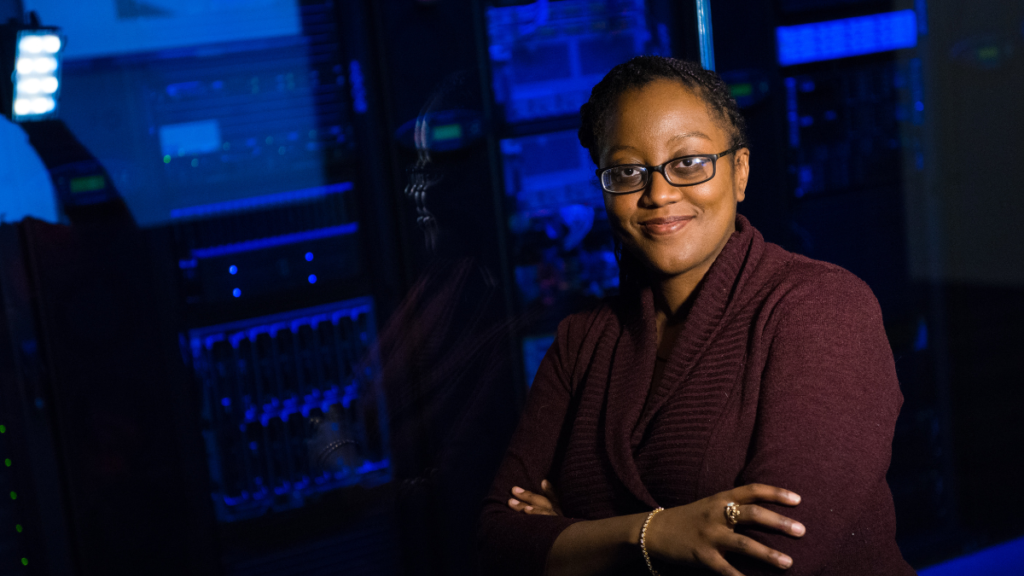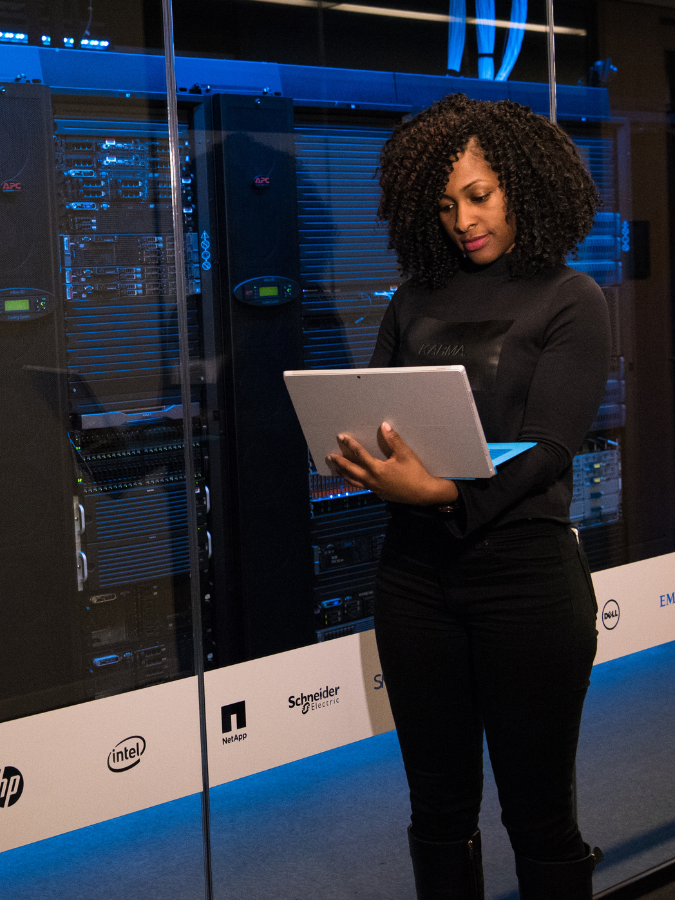There’s something oddly satisfying about holding an old piece of tech in your hands.
That quiet click when you press the play button on a Walkman.
The smooth glide of a disc slotting into a vintage CD player.
Even the weight of a first-generation iPod—solid, certain, real.
For a lot of us, that kind of connection to our devices has faded. We’ve traded it for sleeker screens, faster cloud syncs, and endless app updates. The physical experience of tech—the one that used to make our hearts skip—got pushed aside in the race to digitize everything.
But lately, there’s a shift.
Not loud. Not trending on every feed.
Just a quiet nudge, a tug back toward the tangible.
It’s worth asking:
In a world obsessed with software, are we starting to miss the hardware?
The software surge: seduced by the invisible
There was a time when every startup pitch came with a sleek piece of gear, some physical product you could pass around the room. Then, almost overnight, that shifted. Suddenly, it was all about platforms. Code. Screens you couldn’t touch but could endlessly scroll.
It made sense at the time. Software was fast. Cheap to replicate. Easy to update. Founders loved it. Investors loved it more. No supply chains, no factories, no shipping delays. Just servers and subscriptions.
The app stores opened the floodgates. SaaS took over the boardrooms. Tech became less about what you held in your hands and more about what lived in the cloud. If you couldn’t build it without soldering or shipping, you were told to pivot.
And for a while, it worked beautifully. Productivity soared. Profit margins followed.
But something got lost in the process—and it’s starting to show.
The cracks begin to show
The software dream came with trade-offs.
You felt it the last time your smart home glitched mid-update or your laptop ran hot under bloated apps. Digital convenience started to feel clunky.
People began noticing how much of their tech life depended on subscriptions, how little they actually owned. Even simple tasks—printing a document, joining a video call—sometimes crumbled under invisible errors.
In the background, physical infrastructure buckled.
Supply chains weren’t abstract lines of code—they were warehouses, ports, trucks. The world remembered that software couldn’t ship a box or manufacture a chip.
And on a personal level, fatigue set in.
Apps kept multiplying. Notifications became noise. Screens were everywhere, but meaning was missing.
It wasn’t that software stopped working.
It just stopped feeling exciting.
Hardware fights back—quietly at first

It didn’t start with a press release. There was no keynote announcing the return of hardware.
Instead, it slipped back into people’s lives in small, almost nostalgic ways. Someone bought a record player—not for the sound quality, but for the ritual. Flip phones made a quiet comeback, not because they outperformed smartphones, but because they offered escape. Mechanical keyboards found a cult following, each click a rebellion against flat, lifeless touchscreens.
Even in gaming, PC builders began treating rigs like art pieces—glass panels, RGB lighting, hand-picked parts. It wasn’t just about performance anymore. It was about presence.
These weren’t mass movements. They didn’t trend globally.
But they signaled something important: people missed the feel of tech.
The weight. The resistance. The satisfaction of pressing something that pushed back.
And slowly, the industry started paying attention.
Apple Vision Pro, Tesla, and the hardware-first shift
When Apple unveiled the Vision Pro, people expected sleek design and clever software.
What caught attention, though, was the sheer physicality of it.
Not an accessory. Not a headset. A device—bold, heavy, unapologetically real.
Then there’s Tesla. People talk about autopilot and over-the-air updates, but the real flex isn’t in the software. It’s in the grip of the steering wheel. The weight of the doors. The acceleration that presses you into your seat. No app does that.
Even Google—known for living in the cloud—has quietly built an ecosystem of hardware. Pixels, Nest, Tensor chips. They’re not chasing aesthetics. They’re chasing control. When the hardware is yours, so is the experience.
And it’s not about going retro or being anti-software.
It’s a shift in what people value again. The companies shaping the future know: software may power the experience—but hardware defines it.
Why people are hungry for real-world friction
Touchscreens are smooth. Too smooth.
They slide, they swipe, they respond—but they don’t resist.
There’s a reason more people are reaching for tools that feel like something. Vinyl records that need flipping. Cameras with dials. Notebooks with actual pages. The return of friction isn’t about nostalgia—it’s about presence.
When everything lives in the cloud, it’s easy to feel like nothing belongs to you. Hardware changes that. It anchors. It reminds you that you’re here, not just logged in.
Friction gives tech a rhythm. It slows things down just enough to make them matter.
And after years of swiping past meaning, people are starting to crave that again.
What this means for builders, founders, and creators
For years, the advice was simple: avoid hardware. Too slow. Too expensive. Too risky.
But that thinking is aging out.
People are no longer dazzled by yet another app with slick onboarding.
They want things they can hold. Tools that feel intentional. Devices that don’t vanish when the Wi-Fi flickers.
If you’re building something today, ignoring hardware might be a blind spot.
There’s opportunity in physicality—especially when everyone else is chasing digital ghosts.
Owning the whole experience, from the tactile to the technical, is becoming a competitive edge.
Products that show up on a desk or live in a home don’t just get used—they get remembered.
And in a world of endless scrolls, being remembered is everything.
The tangible is trending again
Someone opens a box. Inside isn’t just a product—it’s weight, texture, sound.
Something real.
That moment used to be standard. Then it became rare.
Now, it’s starting to matter again.
We spent the last decade chasing lightness, speed, and scale. Software made that possible.
But somewhere along the way, we lost our grip—literally.
What’s coming back isn’t a rejection of software.
It’s a quiet rediscovery of the value in things that don’t update overnight.
Things that are built, not just coded.
Hardware isn’t trying to steal the spotlight.
It’s just reminding us there’s still something powerful about presence.
And that sometimes, the future feels best when it comes with a little weight.




